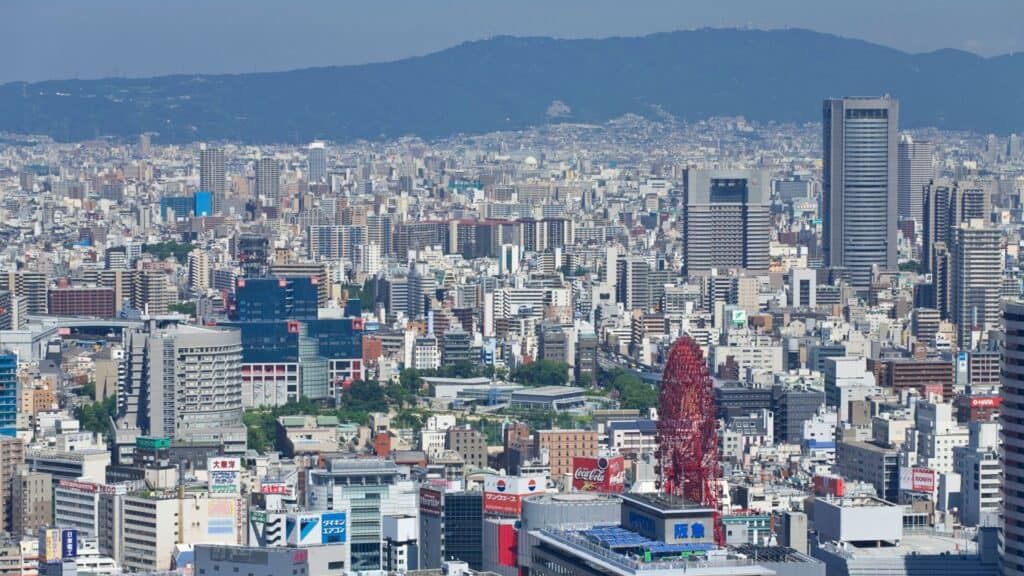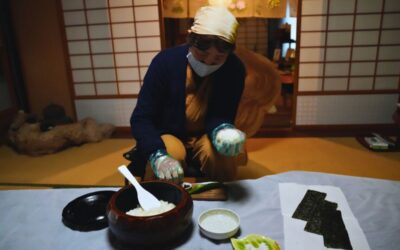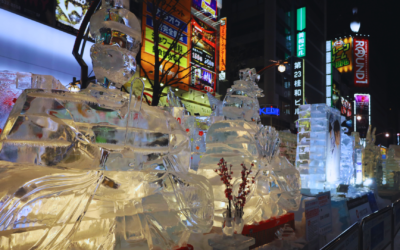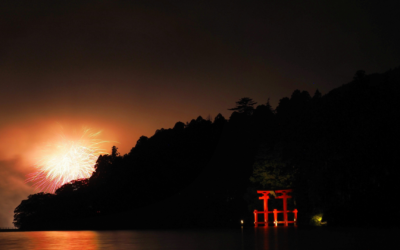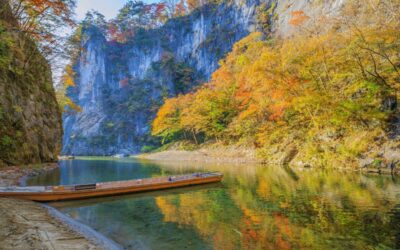Tokyo’s vibrant tapestry is woven from 23 special wards, and Kita Ward is a gem waiting to be explored. From bustling neighborhoods like Akabane, a major transportation hub, to serene green spaces bursting with cherry blossoms in spring, Kita offers a diverse experience.
Intrigued by Kita’s unique charm? This ultimate Kita ward area guide will be your one-stop shop for everything you need to know. Discover must-see sights, delve into the rich local history, find the perfect place to stay, and explore the best things to do in Kita Ward. Get ready to experience a different side of Tokyo!
A Quick Primer to Kita Ward

Kita-ku is one of the 23 wards of Tokyo. It is situated in the north of Tokyo, bordering Saitama Prefecture across the Arakawa River. The west side of the ward, bordered by the Keihin-Tohoku Line, is on high ground on the Musashino Plateau cliff line, while the east side is lowland along the Arakawa River, resulting in a cityscape that is largely divided into two distinct areas.
During the war, Kita-ku was known as the “military capital” due to the concentration of munitions factories and military facilities. However, after the war, these former sites were developed into large-scale apartment complexes, transforming the area into a residential hub near the city centre.
Living in Kita Ward

If one word were to describe Kita-ku, it would be “downtown.” The culture of Kita-ku is as strong as that of the three downtown wards of Adachi, Katsushika, and Edogawa. The Jujo Ginza shopping district boasts a huge variety of delicatessen shops. Notably, there is always a long line in front of the famous “Toridai” restaurant, which sells “chicken balls” for 10 yen each. It is the perfect place to find cheap prepared foods. Another speciality of Kita Ward is oden.
As a “riverside” town facing the Arakawa River, there have always been many tofu stores and oden shops, catering to the area’s factories and households. Land prices are also relatively inexpensive among the 23 wards, and although not as low as in Kawaguchi and Warabi in neighbouring Saitama Prefecture, the area hosts many foreign households, with a notable presence of Chinese, Korean, Filipino, and Southeast Asian communities.
History of Kita Ward
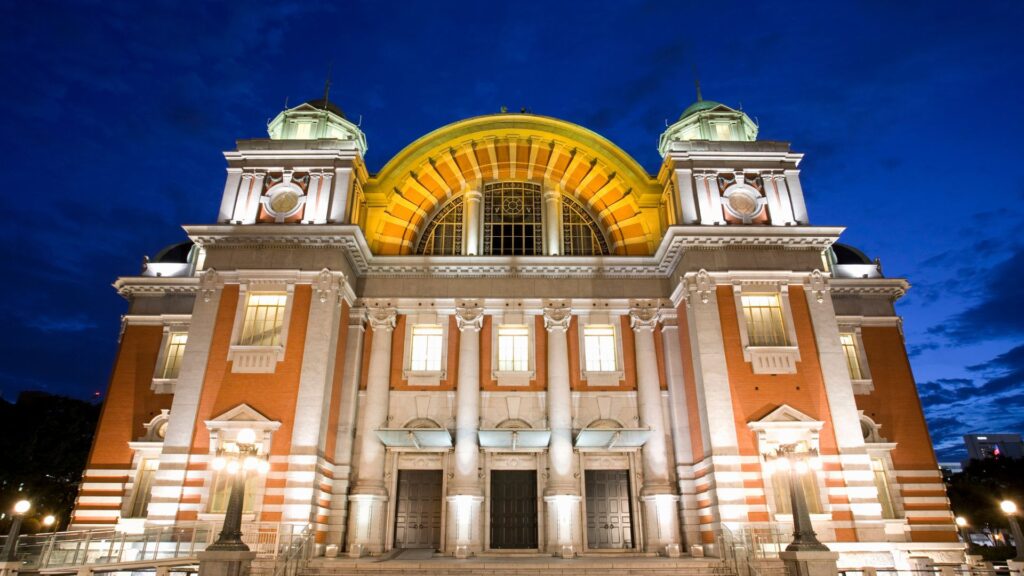
Until the Edo period, the area was predominantly agricultural. However, in the 1600s, the development of highways emanating from Edo began, and the area flourished as an inn town. Iwafuchijuku, in particular, prospered as a gateway to Nikko Toshogu Shrine. In the early 1700s, Yoshimune Tokugawa planted 1,270 cherry trees on Asukayama, making the area a popular tourist destination where visitors could enjoy nature in all four seasons.
After the Meiji period, the cultivation of agricultural products such as carrots, burdocks, daikon radish, and tea became more prevalent, while industry developed in the surrounding area with the opening of railway stations in Oji and Akabane.
Following the Great Kanto Earthquake, the population of the area increased due to an influx from the city centre, leading to gradual urbanisation.
Areas of Kita City Ward
Along the JR Keihin Tohoku Line
Akabane 赤羽

Akabane is a major metropolis in Johoku with a large terminal station and a bustling downtown area representing Kita-ku. There are many bars where you can enjoy drinks at lunchtime, especially on Akabane Ichibangai Street. The Akabane Baga Festival, held every April, features a grand parade.
Higashi Jujo 東十条

The Higashi Jujo shopping street in front of the station has a strong downtown atmosphere and a wide variety of drinking establishments, rivalling Akabane. There used to be a Bangladeshi community and a halal food store. It is a 10-minute walk to Jujo Station on the Saikyo Line.
Oji 王子

Oji may be overshadowed by Akabane, but it houses important facilities like the Kita Ward Office, Asukayama Park, and the National Printing Bureau. The old drinking district in front of the station, which originated in the postwar black market, is a notable sight. The steep slope where the Toden Arakawa Line runs and Otonashi Water Park are also worth visiting.
Kaminakazato 上中里

Kaminakazato is a small JR station with the second-fewest passengers in the Tokyo metropolitan area. The station is situated in the middle of a steep cliff, with land occupied by the Oku rolling stock centre and railroad tracks, leaving little in front of the station. The vacuum zone of Kaminakazato 2-chome, surrounded by railroad tracks, is quite desolate.
Tabata 田端

Tabata is considered the weakest station on the Yamanote Line. The sense of desolation, especially at the south exit, is striking. The area in front of the station is surrounded by a road cut and railroad tracks, with few stores. The Tabata Ginza shopping street is closer to Komagome station. Despite its quietness.
Along JR Saikyo Line
Itabashi 板橋
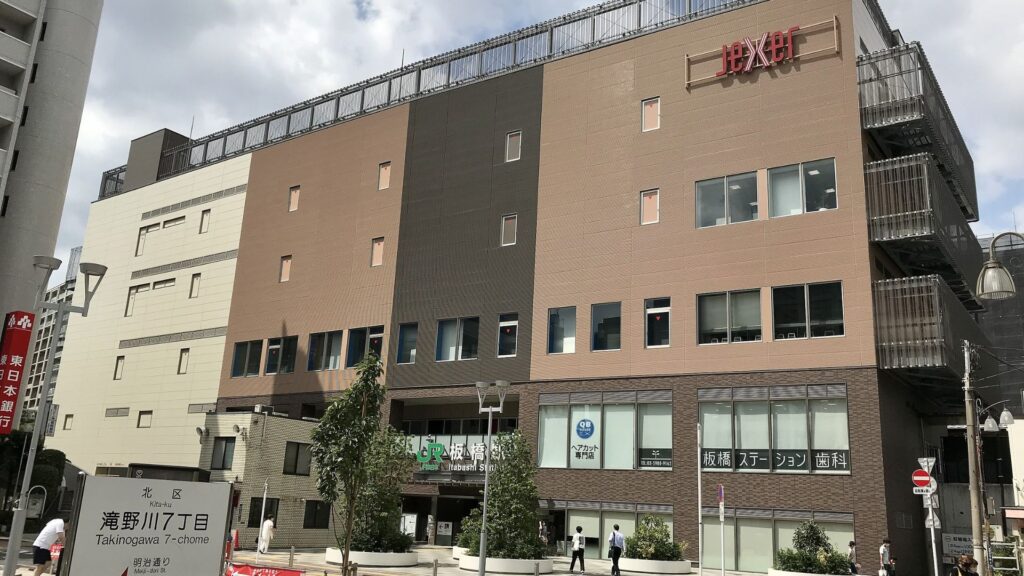
The area in front of the station is divided among Kita-ku, Itabashi-ku, and Toshima-ku, with the east side of the station in Takinogawa, Kita-ku. The postwar dusk barracks “Horoi Yokocho” along the railroad tracks create a chaotic atmosphere. The Isamu Kondo Cemetery attracts Shinsengumi enthusiasts.
Jujo 十条

In front of the station lies Jujo Ginza, a hub for the local community. The area is ideal for downtown living, offering super-cheap prepared foods, clothing, and many affordable izakayas. On the other hand, there are remnants of a military town, including an army garrison and a Korean school. The station platform is located in a narrow alley, making it one of the narrowest on the Saikyo Line.
Kita-Akabane 北赤羽
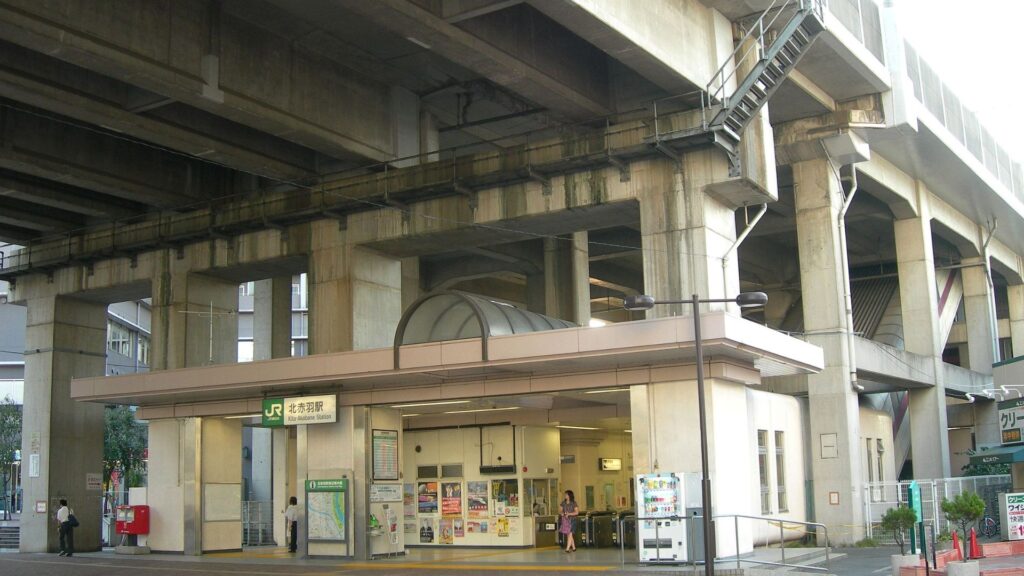
The station platform is situated above the Shinkagishi River. Within walking distance is Kirigaoka Danchi, one of Tokyo’s largest apartment complexes, built on a former army facility.
Ukima Funawatari 浮間舟渡

The northernmost station on the Saikyo Line in Tokyo, Ukima Funawatari, combines the names of the neighbouring stations in Funawatari, Itabashi Ward. Ukima Park, located in front of the station, is a place of relaxation for Kita Ward residents, though there are few sights and stores in the vicinity.
Along JR Utsunomiya Line
Oku 尾久

Located between Ueno and Akabane, Oku is a somewhat forgotten station that only serves trains on the JR Utsunomiya and Ueno Tokyo Lines. The Oku Sharyo Centre is well-known to train enthusiasts. The Toden Arakawa Line runs nearby, and Arakawa Amusement Park is also close.
Along Namboku Subway Line
Nishigahara 西ヶ原

Nishigahara is a station on the Namboku subway line with minimal presence. It has the lowest number of passengers among Tokyo Metro lines. Within walking distance are Kaminakazato Station on the Keihin Tohoku Line and the Old Furukawa Garden.
Oji-Kamiya 王子神谷

Located near the Sumida River and the Arakawa River, Oji-Kamiya is home to many large apartment complexes, with the Toshima 5-chome complex being particularly notable. The area hosts paper manufacturing companies and factories such as Dai Nippon Printing and Nippon Paper Industries.
Shimo 志茂

Shimo is situated at the far east end of Akabane Station. The Nippon Kayaku Tokyo Plant has an employee-only ferry crossing the Sumida River. The Chubu area beyond the Iwafuchi Water Gate is a social gathering place known to locals.
Akabane-Iwabuchi 赤羽岩淵
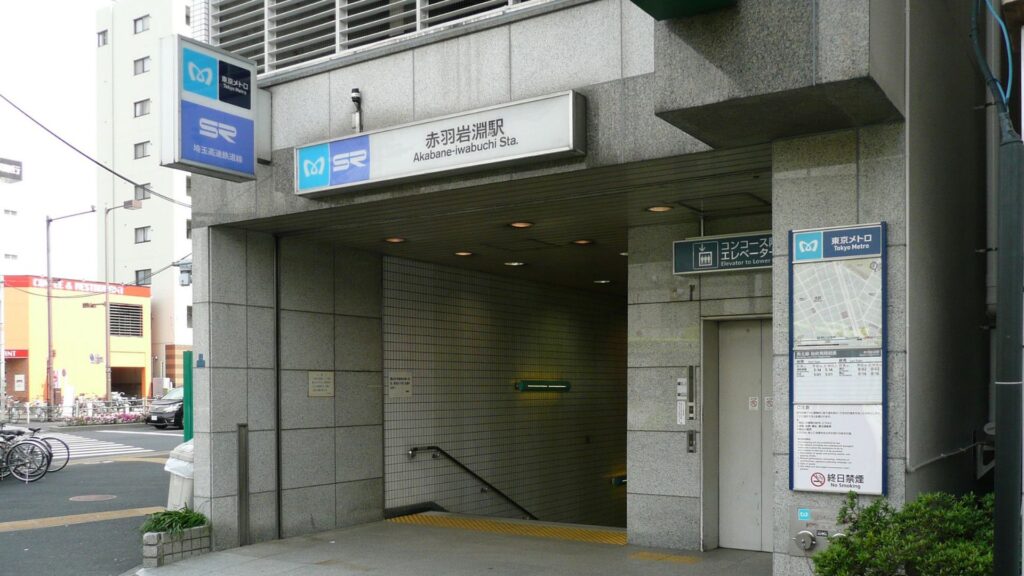
The last stop on the Namboku Subway Line, Akabane-Iwabuchi, is a 10-minute walk from Akabane Station. It is famous for having the only sake brewery in Tokyo. Kawaguchi City in Saitama Prefecture is just across the Shin-Arakawa Bridge.
Things to Do in Kita Ward
Asukayama Park 飛鳥山公園

The park is located in Oji, Kita Ward, just a short distance from Oji Station. It has approximately 600 cherry trees, including some Yoshino and Satozakura, making it a popular cherry blossom viewing spot. Additionally, the “Ascargo,” a monorail-type oblique ascending train, is operational and is loved by park users as it offers a free and relaxing ride to the top of Asukayama.
Find out more about Asukayama Park here on Google maps.
Kyū-Furukawa Gardens 旧古河庭園

Located about a 12-minute walk from Komagome Station on the JR Yamanote Line, Kyū-Furukawa Gardens was created as the residence of the Furukawa family during the Taisho era. The garden was nationalised following the dissolution of the conglomerate after World War II and was restored in 2006 when it was designated a national cultural asset. T
he Western-style tearoom is open to the public, allowing visitors to enjoy the beautiful interior while sipping tea. To visit rooms other than the tearoom, you must apply for a tour in advance by return postcard.
Find out more about Kyū-Furukawa Gardens here on Google maps.
Ōji Shrine 王子神社

Ōji Shrine is located in Ojihonmachi, Kita Ward, Tokyo. It enshrines Izanagi-no-mikoto and five other deities, collectively called “Ōji-taijin.” Most of the shrine grounds were destroyed by fire during the war but were rebuilt through postwar reconstruction efforts.
The large ginkgo tree on the grounds, designated a natural monument by the Tokyo Metropolitan Government, survived the war. The Seki-jinja Shrine is known as the “Ancestral God of Hair” and the “Ancestral God of Onkyoku and other Arts.”
Find out more about Ōji Shrine here on Google maps.
Nanushinotaki Park 北区立名主の滝公園
A 10-minute walk from Oji Station, this is a circular garden with a waterfall and abundant nature. There were seven waterfalls called “Oji Shichitaki” in the Oji area, but “Nashu no Taki” is the only one that still exists. The park is centred on Otoko-taki Waterfall, which has a drop of 8 metres, and includes Onetaki Waterfall, Tokko-no-taki Waterfall, and Yondama-no-taki Waterfall.
The natural scenery is enhanced by the slopes planted with more than 100 mountain maples, zelkova trees, and Japanese cypresses. The area is also famous as a habitat for Heike botaru (fireflies), making it a recommended spot to enjoy the changing seasons.
Find out more about Nanushinotaki Park here on Google maps.
Ōji Inari Shrine 王子稲荷神社
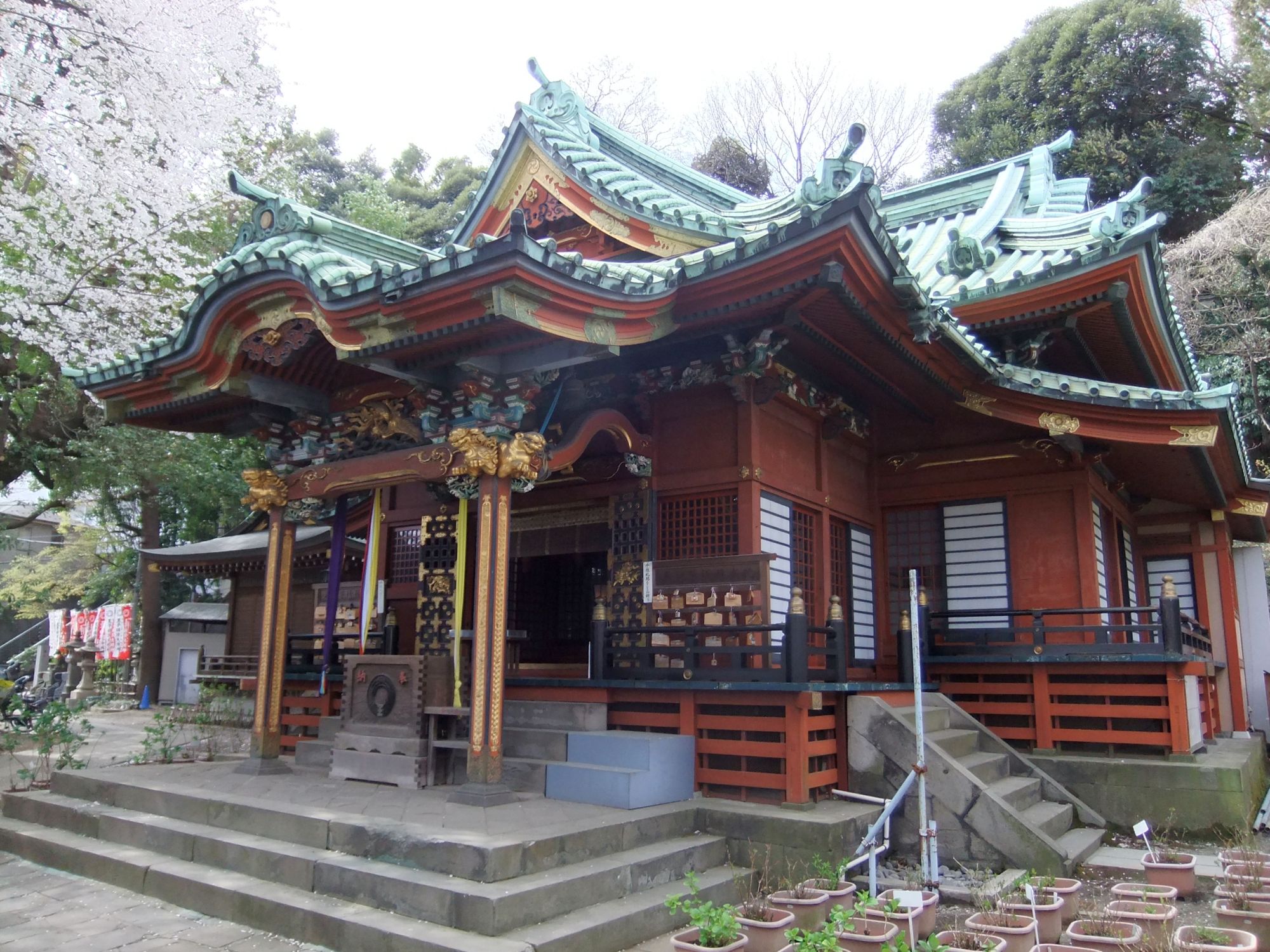
This shrine is considered the head shrine of Kanto Inari shrines. According to legend, on New Year’s Eve, foxes from all over Japan gather here to pay their first visit to the shrine after dressing themselves under a tree, as depicted in Hiroshige Utagawa’s ukiyo-e woodblock prints. The “Oji Fox Procession,” which has been held since the end of 1993, follows this tradition and has become an established event.
Find out more about Ōji Inari Shrine here on Google maps.
Shinohara Engei Theater 篠原演芸場

Opened in 1951, Shinohara Engei Theatre is the oldest existing full-scale theatre in Tokyo specialising in popular theatre. Performances are held almost every day from 6:00 p.m., and on Saturdays, Sundays, and holidays, performances are held in two parts, one in the afternoon and one in the evening. The performances include plays, mini-shows, and butoh dance shows.
The stage is so close to the audience that they can reach it from their seats, providing an excellent sense of realism. A flower aisle is also provided so that the actors and the audience are close to each other. The theatre has produced famous actors such as Tomio Umezawa and is well-loved by the local community.
Find out more about Shinohara Engei Theater here on Google maps.
Jūjō Ginza Shopping Street 十条銀座

A pedestrian-only shopping street with an all-weather arcade extending from in front of the station, Jūjō Ginza is frequently featured in the media and is lined with various types of stores, including fashion, sundries, gourmet foods, beauty and health-related products, and fresh foods.
The most popular items are the reasonably priced, easy-to-eat prepared foods, earning it the nickname “prepared food heaven.” Many events are also held, such as willow and Japanese poem contests and shopping rallies. The official character “Kita-nyan,” chosen from a public contest, is also popular.
Find out more about Jūjō Ginza Shopping Street here on Google maps.
Shingonshubuzanha Hakuryusan Togaku Temple 真言宗豊山派 白龍山 東覚寺(谷中七福神 福禄寿)
Located in Tabata 2-chome, Kita Ward, this temple is known for its pair of stone Kongorikishi statues, referred to as “Akagami Nio,” which are said to cure illnesses and injuries by placing red paper on the same part of the body as the affected area and praying for it. The shrine enshrines Fukurokuju, one of the “Yanaka Seven Lucky Gods,” the oldest of the Seven Gods of Good Fortune Tour in Edo and Tokyo.
Find out more about Shingonshubuzanha Hakuryusan Togaku Temple here on Google maps.
Oji Ginza Shopping Street 王子銀座商店街
Oji Ginza Shopping Street connects Oji Station to the Onagabashi pedestrian bridge, with about 90 shops lining Kitahondori Avenue along Route 122. This area was historically connected directly to the city centre of Edo (present-day Tokyo), making it a popular suburban vacation spot for Edo citizens.
Today, the area is bustling with supermarkets, restaurants, banks, hospitals, and various other facilities, making it an essential street for the daily lives of local residents. Many seasonal events and raffles are also held here.
Find out more about Oji Ginza Shopping Street here on Google maps.
Otani Museum 旧古河邸 大谷美術館
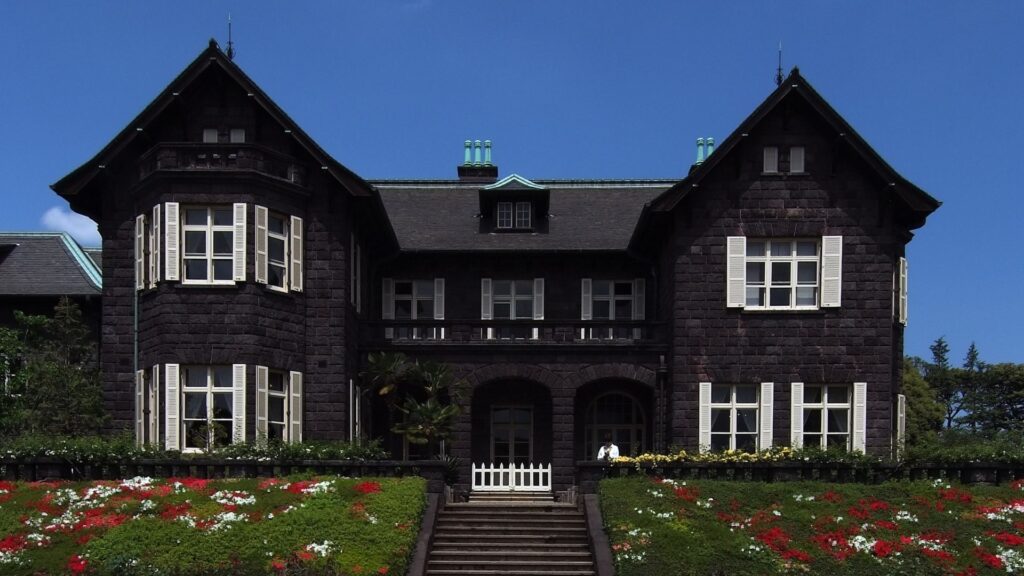
This stone Western-style building, the former Furukawa Residence, was designed by the British architect Conder, who also designed the Rokumeikan. The main building is a two-storey structure with one basement level, featuring Western-style rooms on the first floor and traditional Japanese-style rooms on the second floor, except for the bedrooms, which harmonise Japanese and Western styles.
The rustic and stately exterior is similar to Scottish and English villa architecture. A guided tour of the Furukawa Residence takes about one hour. The garden is famous for its roses, which bloom from mid-May to mid-June and from mid-October to late November.
Find out more about Otani Museum here on Google maps.
Must-Join Event in Kita Ward
王子稲荷初午祭 Oji Inari First Horse Festival
When: February 11th
The Oji Inari First Horse Festival is a traditional event held at Oji Inari Shrine in Kita Ward, Tokyo. Celebrating the first “horse day” of the lunar calendar, the festival features a lively procession of participants dressed in vibrant costumes, mimicking the legendary foxes said to gather at the shrine. The event commemorates the legend of foxes from all over Japan coming to Oji Inari Shrine on New Year’s Eve, dressing under a tree before paying their respects. Festival-goers can enjoy a variety of food stalls, traditional performances, and a unique cultural experience that harks back to ancient folklore.
Hotels in Kita Ward
Toyoko Inn Tokyo Akabane-Eki Higashi-Guchi (3 Stars)
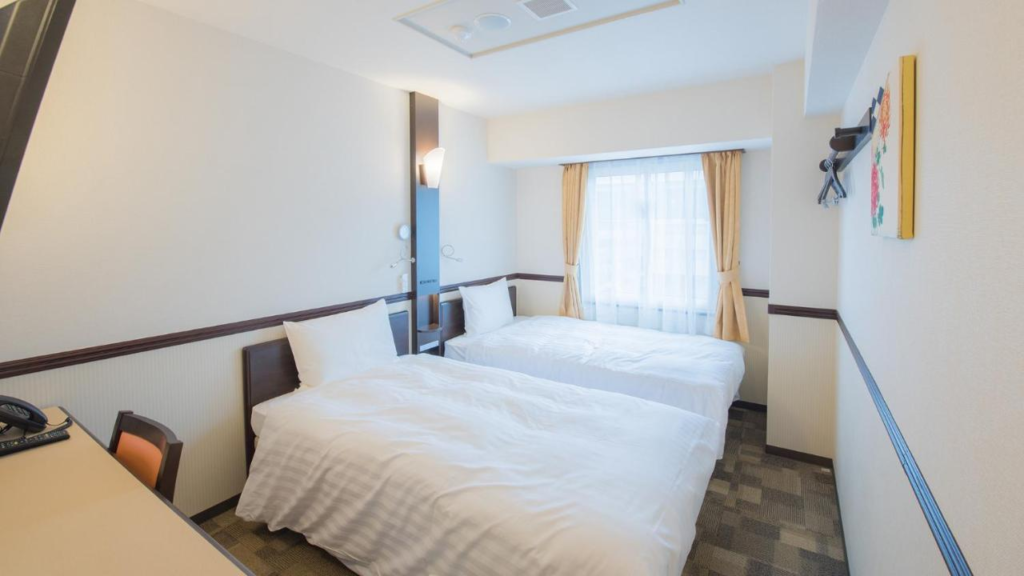
Conveniently located in the Kita Ward district of Tokyo, Toyoko Inn Tokyo Akabane-eki Higashi-guchi is 100 m from Catholic Akabane Church, 300 m from Akabane Park, and 500 m from Daiman-ji Temple. The property is around 500 m from Josho-ji Temple, 600 m from Baio-ji Temple, and 600 m from Akabane Hachiman Shrine. Popular points of interest near the accommodation include Hodo-in Temple, Shoko-ji Temple, and Inatsuke Castle Ruins.
Daiwa Roynet Hotel Tokyo Akabane (3 Stars)
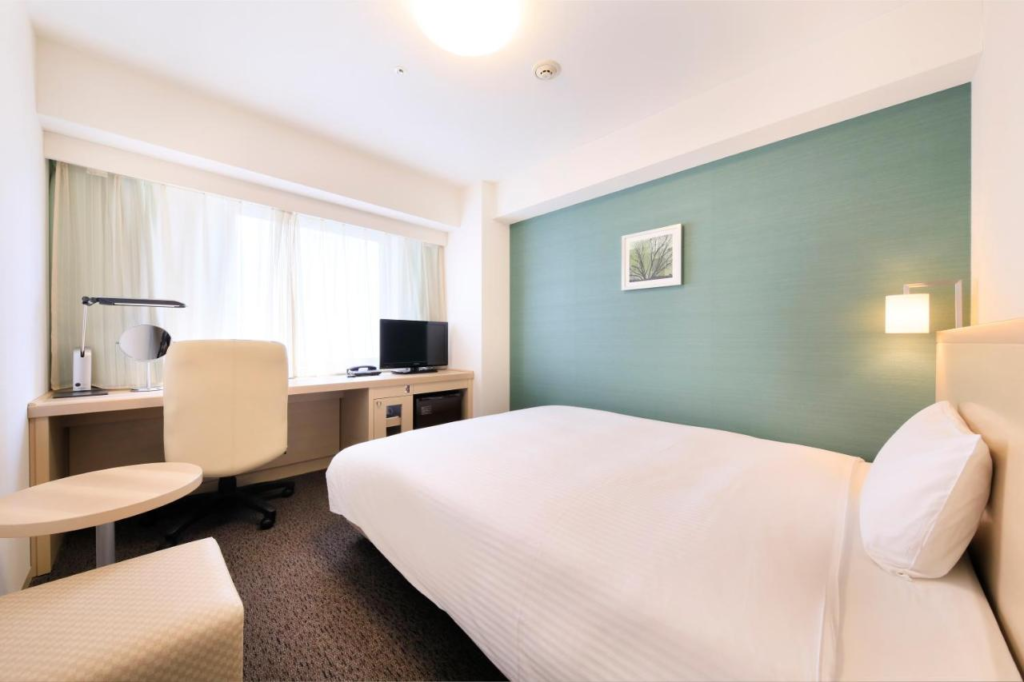
Located a 3-minute walk from JR Akabane Station, Daiwa Roynet Hotel Tokyo Akabane provides modern rooms and free WiFi. Major stations including JR Ikebukuro and JR Shinjuku can be reached within a 13-minute train ride. Oshiage Subway Station, the closest station to Tokyo Skytree, is a 30-minute train ride from the hotel. Haneda Airport is a 60-minute and Narita Airport is a 50-minute train ride away.
Tabata Oji Hotel (3 Stars)
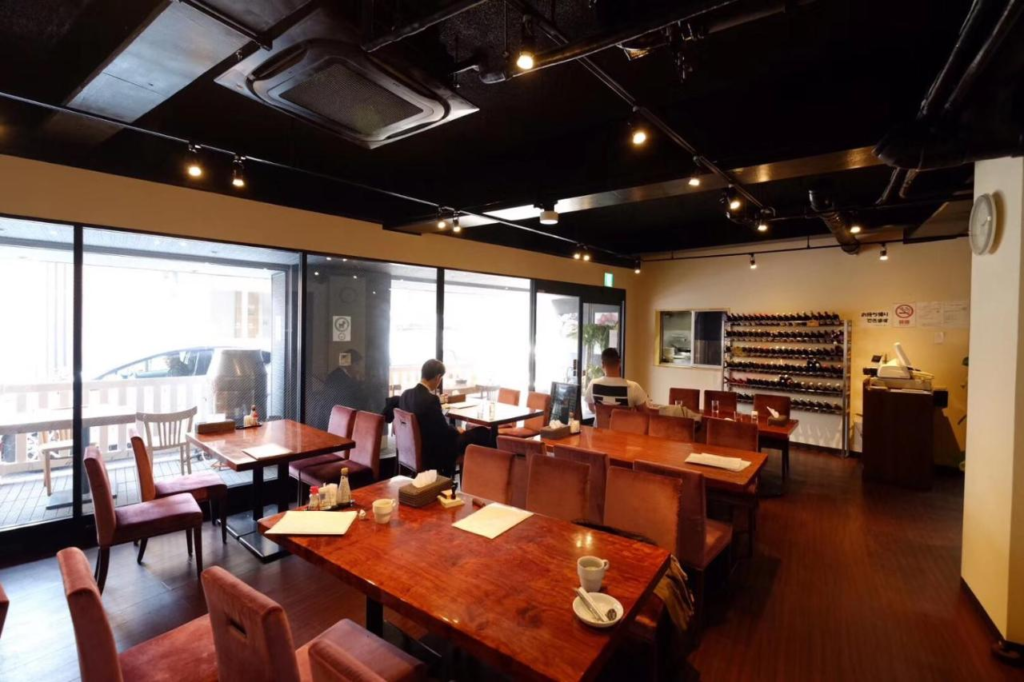
Conveniently set in the Kita Ward district of Tokyo, Tabata Oji Hotel is located less than 1 km from the TABATA Memorial Museum of Writers and Artists, a 19-minute walk from Kyoouji Temple, and 1.6 km from Shinkomutsumi Shopping Street. Popular points of interest near Tabata Oji Hotel include Sunpop Machiya, Nurie Museum, and Nippori Fabric Town. The nearest airport is Tokyo Haneda International Airport, 34 km from the hotel.
Akabane Holic Hotel (3 Stars)
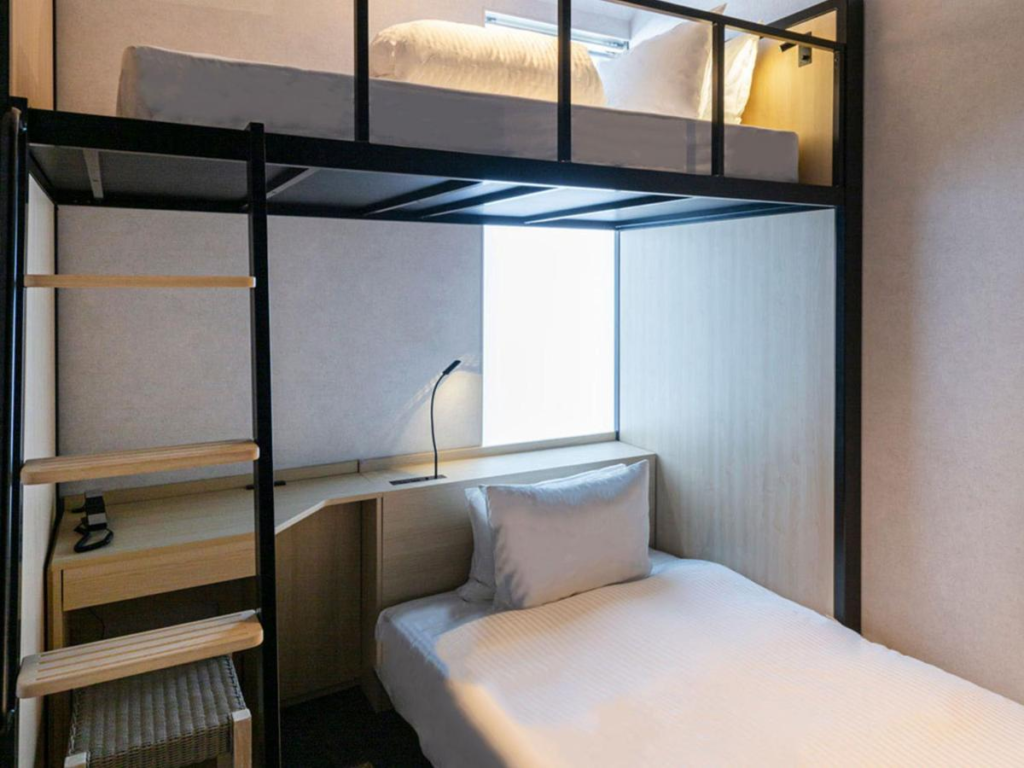
Situated in Tokyo, 100 m from Catholic Akabane Church, the property is around 500 m from Kamegaike Benten Shrine, 600 m from Hodo-in Temple, and 700 m from Daiman-ji Temple. Popular points of interest near Akabane Holic Hotel include Akabane Park, Inatsuke Castle Ruins, and Josho-ji Temple. The nearest airport is Tokyo Haneda International Airport, 25 km from the hotel.
Capsule Hotel Block Room (1 Star)
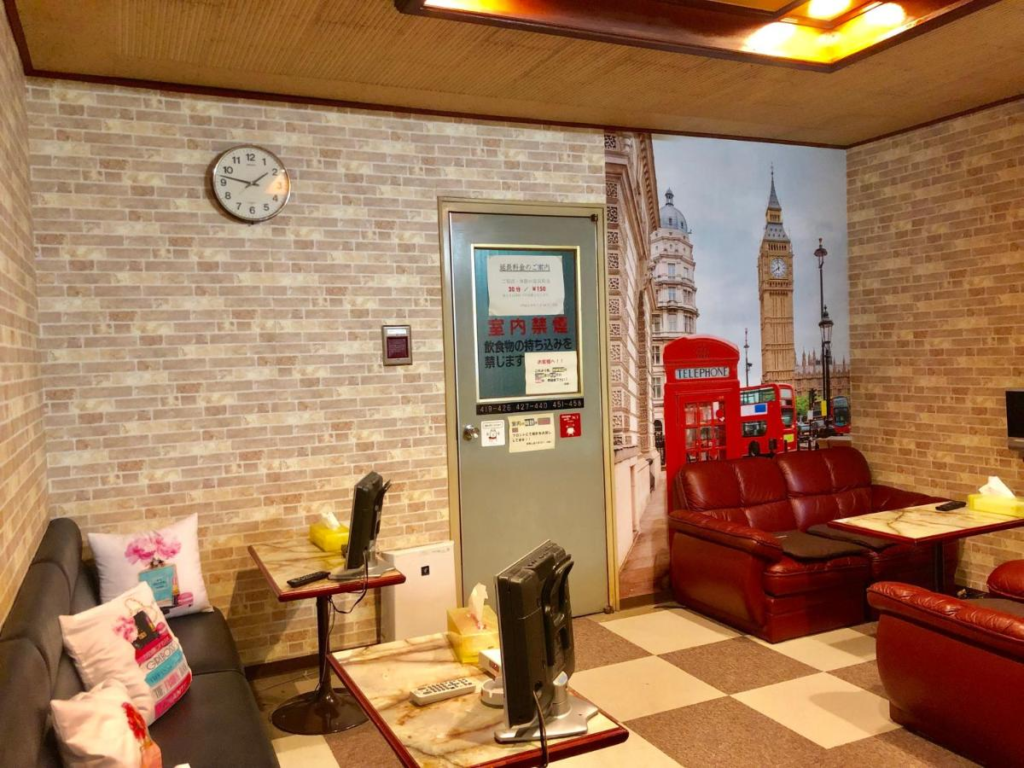
Capsule Hotel Block Room features air-conditioned rooms with satellite TV in the Kita Ward district of Tokyo. The property is around less than 1 km from Daiman-ji Temple, a 12-minute walk from Shoko-ji Temple, and 1.2 km from Baio-ji Temple. Popular points of interest near the accommodation include Akabane Park and Catholic Akabane Church.
Mokkoan (2 Stars)
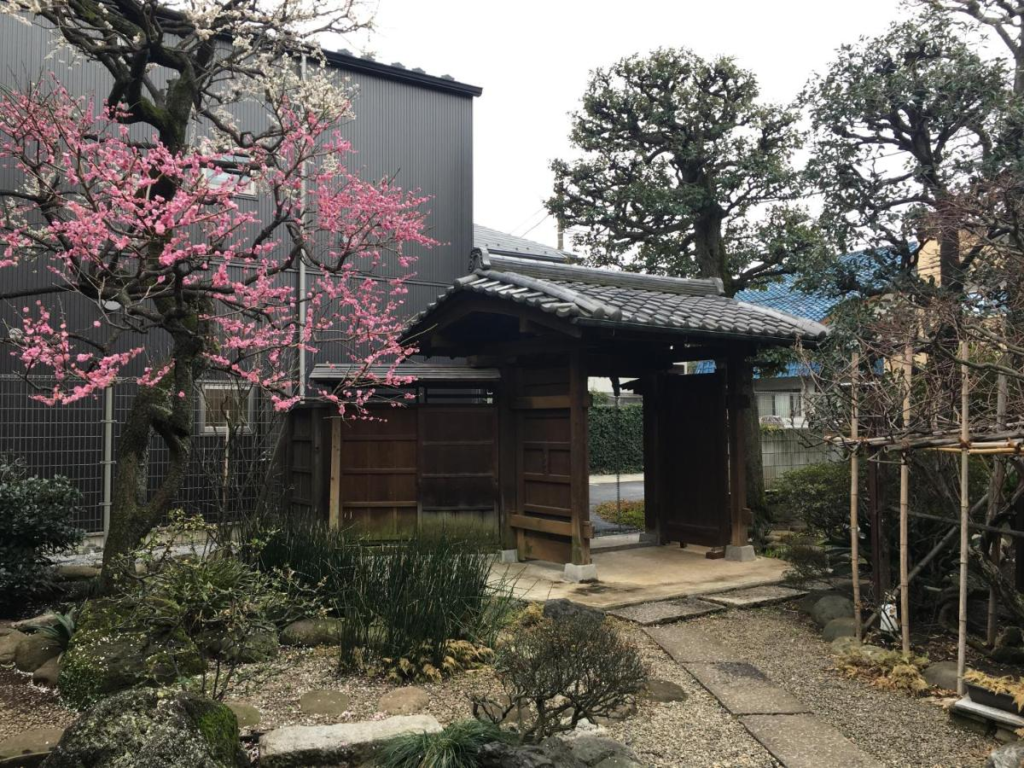
Every room comes with a flat-screen TV with cable channels. Certain units have a seating area where you can relax. For your comfort, you will find slippers and free toiletries. The guest house also offers free use of bicycles. Yokohama is 37 km from Mokkoan, while Chiba is 41 km away. The nearest airport is Tokyo Haneda International Airport, 24 km from Mokkoan.
URBAN LODGE Komagome (1 Star)
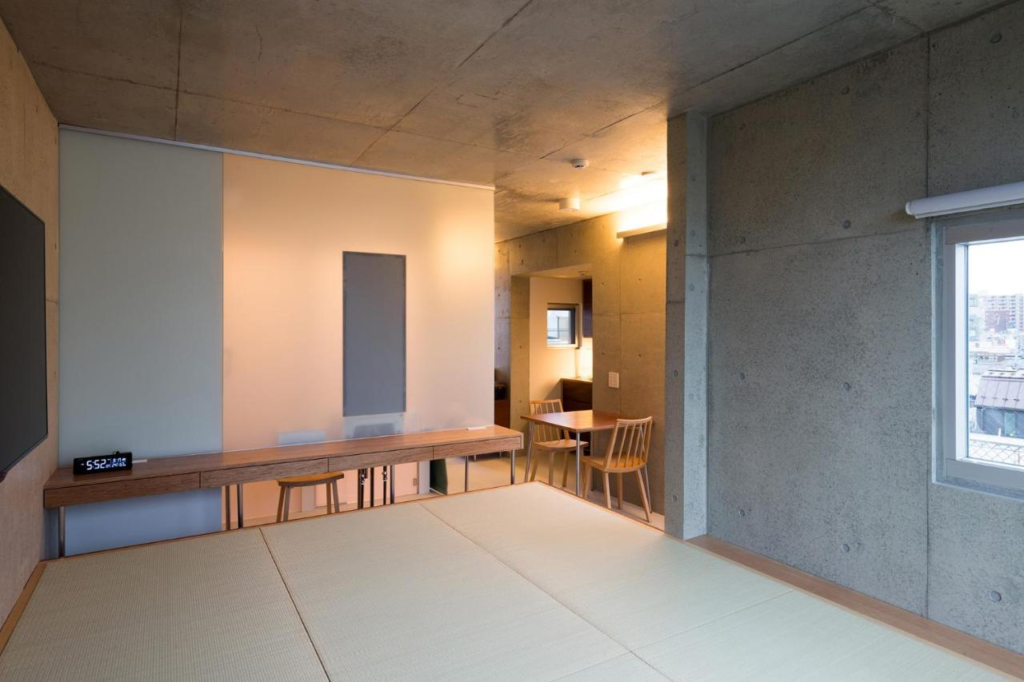
Located 600 m from the TABATA Memorial Museum of Writers and Artists in Tokyo, URBAN LODGE Komagome provides accommodation with air conditioning and free WiFi. Popular points of interest near the apartment include Fabre Insect Museum, Atrevie Sugamo, and Mori Ōgai Memorial Museum. The nearest airport is Tokyo Haneda International Airport, 20 km from URBAN LODGE Komagome.
Super Hotel Tokyo Akabane (2 Stars)

Fully renovated in December 2014, Super Hotel Tokyo Akabane is located a 6-minute walk from JR Akabane Station. JR Ueno Station is a 10-minute ride on the JR Keihin Tohoku Line while Tokyo Station is a 20-minute ride. Tokyo Haneda Airport can be reached within an hour by train.
Tabata Oji Hotel (3 Stars)
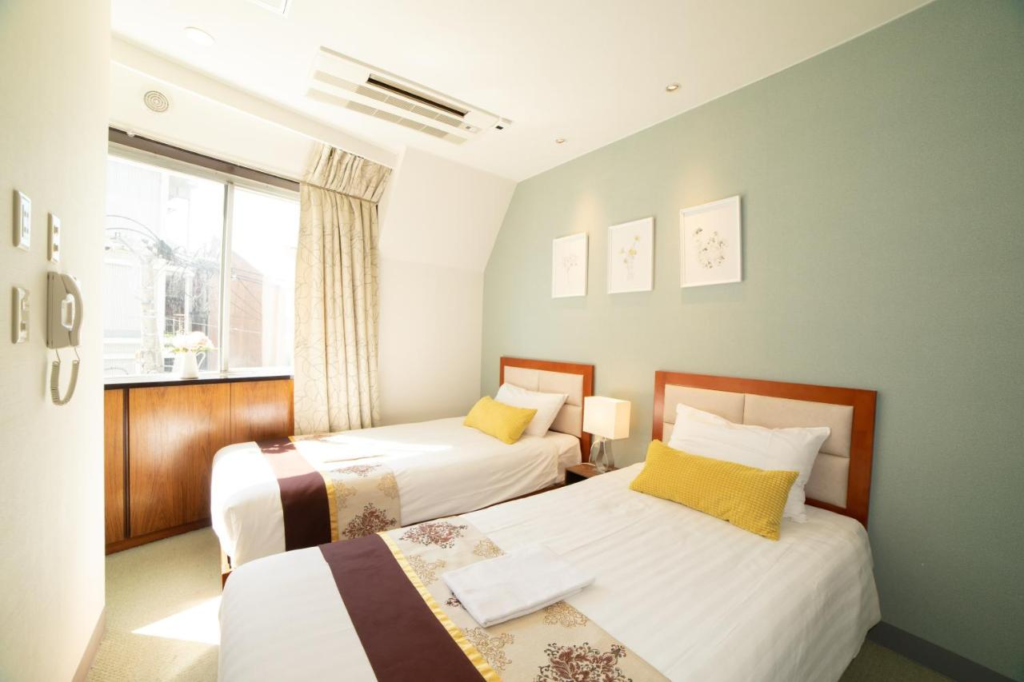
Conveniently set in the Kita Ward district of Tokyo, Tabata Oji Hotel is located less than 1 km from the TABATA Memorial Museum of Writers and Artists, a 19-minute walk from Kyoouji Temple, and 1.6 km from Shinkomutsumi Shopping Street. Popular points of interest near Tabata Oji Hotel include Sunpop Machiya, Nurie Museum, and Nippori Fabric Town. The nearest airport is Tokyo Haneda International Airport, 34 km from the hotel.
nestay suite tokyo tabata (1 Star)

Located less than 1 km from the TABATA Memorial Museum of Writers and Artists, nestay suite tokyo tabata offers accommodation with a balcony and free WiFi. Popular points of interest near the apartment include Asakura Museum of Sculpture, Kyoouji Temple, and Tennoji Temple. The nearest airport is Tokyo Haneda International Airport, 34 km from nestay suite Tokyo tabata.
Kita Ward is Calling
With this comprehensive Kita Ward area guide at your disposal, you’re equipped to dive into the rich tapestry of Tokyo’s vibrant northern district. Delve into its historical landmarks and uncover the stories woven into its streets, or seek out the hidden local gems cherished by residents. Whether you’re drawn to the serene beauty of its parks or the lively energy of its bustling neighborhoods, Kita Ward offers something to captivate every visitor. So, with anticipation in the air and adventure on the horizon, it’s time to step out and immerse yourself in all that Kita Ward has to offer.
Don’t hesitate – let the allure of Kita Ward beckon you forth. Take to its streets with curiosity as your guide and an eagerness to uncover its many treasures. Whether you’re a seasoned explorer or a first-time visitor, the wonders of Kita Ward are yours to discover. So, seize the moment, embrace the excitement, and embark on a journey that promises to leave a lasting impression. Kita Ward is calling – are you ready to answer?

